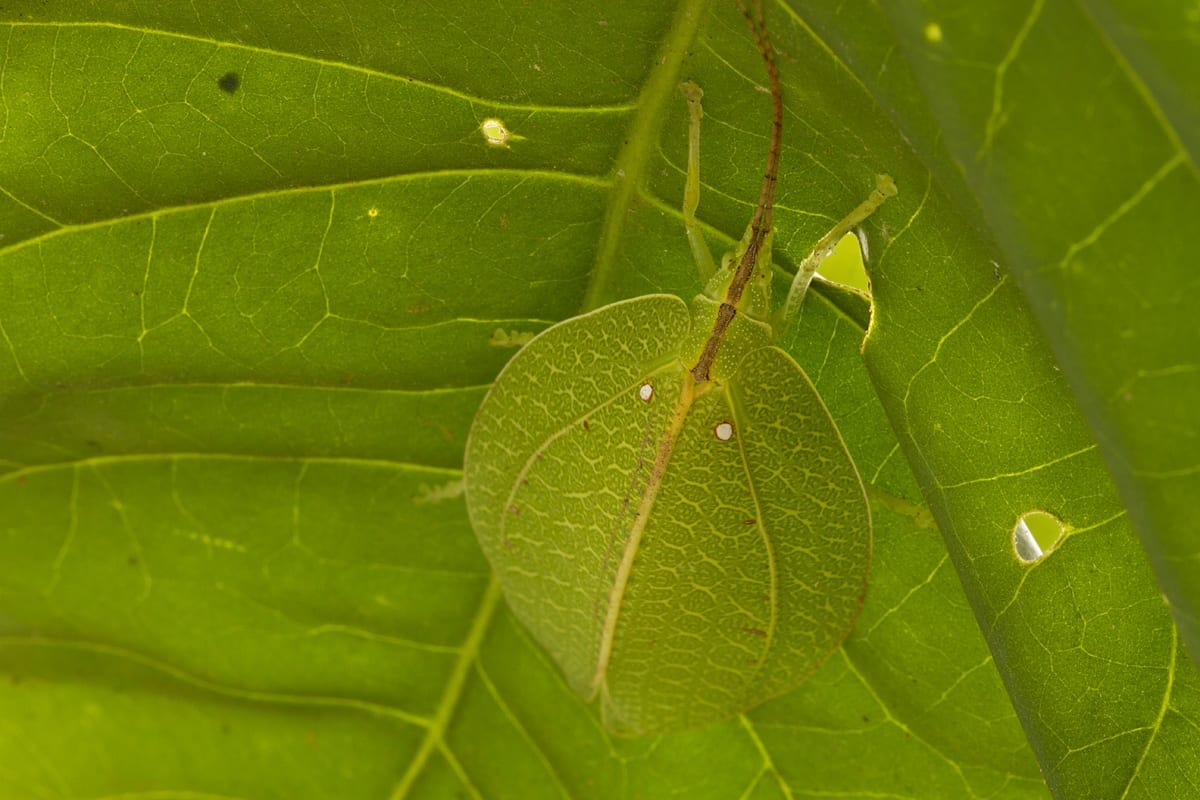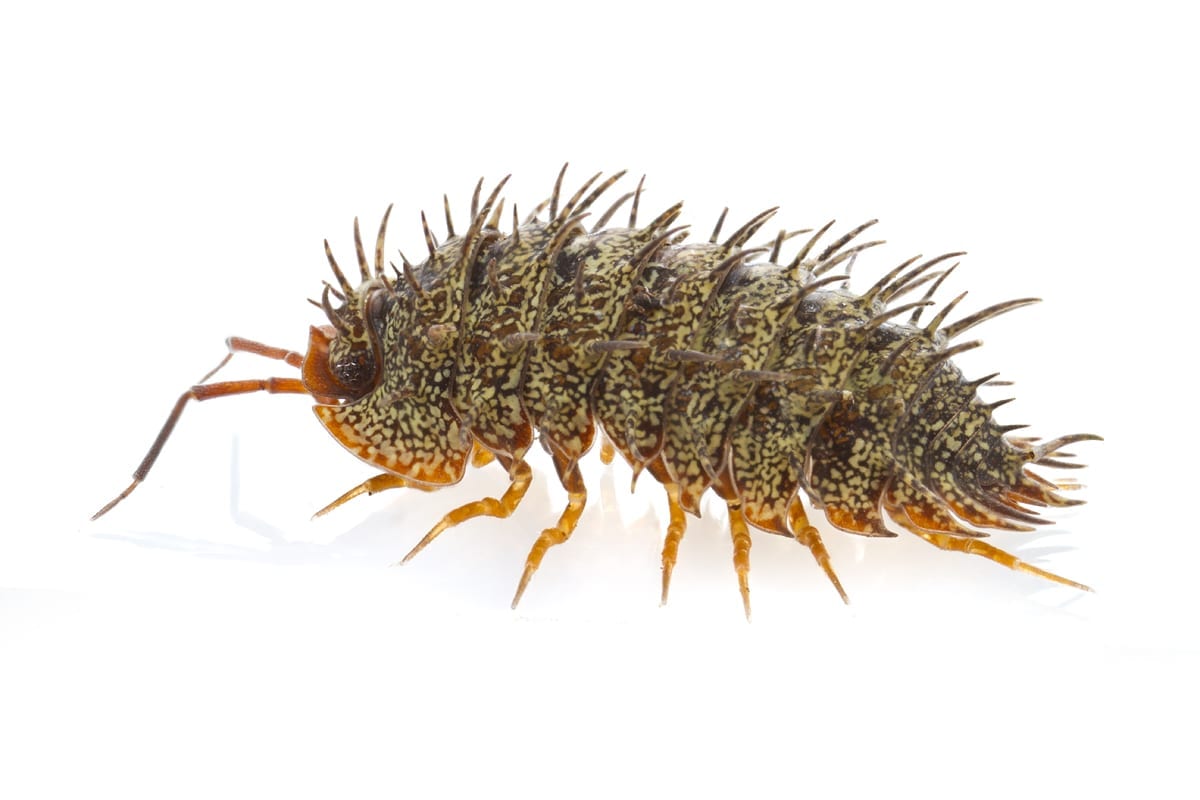Unique Creatures

Gorongosa National Park is located at the southern end of the Great African Rift Valley, a huge, lush valley that stretches from North Africa to Gorongosa. Because of its location, there are few barriers that separate Gorongosa from other ecosystems nearby. Because of this, it’s not likely that the low-lying areas in the Gorongosa plains would be home to many species that aren’t found elsewhere.
Mount Gorongosa, on the other hand, is an isolated mountain with rich and unique habitats that are home to many species that are found nowhere else on earth. Scientific exploration of Mount Gorongosa has only just begun, but already a number of species have been discovered that are new to science or unique to this special place.
Zebras in Gorongosa are not your typical zebra – they’re members of a distinct subspecies, called Crawshay’s zebra (Equus quagga crawshayi). This special zebra only lives in a relatively small area that spans eastern Zambia, Malawi, southeastern Tanzania, and Mozambique. Gorongosa’s zebras live at the southernmost part of this range. You can tell Crawshay’s zebras apart from other zebras by their thinner and denser black stripes, which extend all across their underbelly and all the way down to the hooves; there are never shadow-stripes (thin, light-brown stripes between the black ones). They also appear to have slightly different teeth than other zebras.
Zebras are grazers that feed only on grasses. They’re liken to an animal lawnmower that chomps down tall grass to make short lawns. Other herbivores like wildebeest, will follow after and eat the short, nutritious grass. There are very few zebra living deep in the heart of Gorongosa, but you may just be one of the lucky few to see this rare zebra.

Mount Gorongosa Katydid
This small but beautiful katydid was found during an insect survey of Mount Gorongosa in 2012. It will soon be officially accepted as a new species and receive its formal scientific name. Mount Gorongosa katydid lives in the dense understory of the rainforest that covers the top of the mountain. It is nocturnal and produces very loud songs that dominate the acoustic landscape of the mountain at night. The problem is, humans cannot hear any of it! The song of Mount Gorongosa katydid uses frequencies of about 40 kHz, several times higher than what an average person can hear, and scientists had to use special equipment to detect and record it. Such high-pitched song, however, is highly advantageous in the dense vegetation of the forest – the higher the pitch, the easier it is to locate the source of the sound. This makes it easier for females to find calling males.
Green Headed Oriole
The Green-headed Oriole (Oriolus chlorocephalus), found only on Mount Gorongosa, tops the “most wanted” list of any serious birder. The bird that you’ll find on Mount Gorongosa is a unique race of Green-headed Oriole that is distinguished by the white panel on its wings. No other Green-headed oriole in Africa has this marking which makes it a unique find.

Mount Gorongosa Pygmy Chameleon
Chameleons are common animals in Gorongosa and across Africa, but Mount Gorongosa Pygmy Chameleon (Rhampholeon gorongosae) can be found nowhere else. This remarkable lizard was discovered only in 1971 by botanists studying plants of the rainforest on the mountain. The female is only about as long as a person’s pinky finger, and the male is even smaller. Pygmy chameleons spend their days hunting termites and other small insects on the forest floor, and are so perfectly camouflaged that few visitors to the mountain are aware of their presence. Like all chameleons, this species uses its long, sticky tongue to capture their prey. Unlike the larger Flap-necked chameleons that are common in the lowland areas of Gorongosa, Pygmy chameleons can’t use their tail to hold branches, so they are not as good at climbing trees.
Gorongosa Spiny Crustacean
Scientists recently discovered a new, yet unnamed species of land crustacean in the rainforest of Mount Gorongosa. It has an uncanny resemblance to a porcupine, which are very common in Gorongosa! The entire body of this animal is covered by protective spines, which it uses to defend itself from predators. This is the only crustacean of this kind ever found on the African continent, and similar species are found only from Madagascar and a few Pacific islands.


Swynnerton’s Worm Lizard
A lucky visitor to Gorongosa may be rewarded with the sight of the most specialized subterranean lizard in the world, the Swynnerton’s Worm Lizard (Chirindia swynnertoni). These reptiles are so unusual that for a long time biologists classified them as a group separate from snakes and lizards, the Amphisbaenia. This named is derived from “Amphisbaena”, the mythical Greek snake with two heads, with reference to the stubby, head-like tail of these animals. The body of a Worm Lizard hardly resembles that of a typical lizard, and it is easy to confuse them with earthworms – they lack legs and eyes, and their skin is pink and covered small scales arranged in rings.
The strange appearance of these lizards is an adaptation to life deep in the sand, where they hunt termites and other small insects. They rarely emerge to the surface, and for this reason little is known about their biology and behavior. But some animals are very good at finding and eating them. In fact, the very first specimen of the Swynnerton’s Worm Lizard was found in the stomach of a kingfisher!
Our Mission
Our Mission
Advance an integrated multi-partner approach to conservation and to people-centred development. The Gorongosa Project protects the Park’s biodiversity and ecosystem services and unlocks its economic potential for the community inhabitants of the Gorongosa Buffer Zone, Sofala Province, Mozambique and further afield.
Our Vision
A thriving, biodiversity-rich, Greater Gorongosa conservation landscape, which supports Sofala Province as an engine for resilient and sustainable development enabling nature experiences and wellbeing for its people, enriching all of Mozambique and the world.
A Park for Peace
On 1 August, 2019 a historic ceremony was held in Gorongosa to celebrate the Cessation of Hostilities Accord between the leaders of the Government of Mozambique and the opposition Renamo Party. The accord established Gorongosa National Park (GNP) as a ‘Park for Peace’, delivering human development to the communities that share the greater landscape.